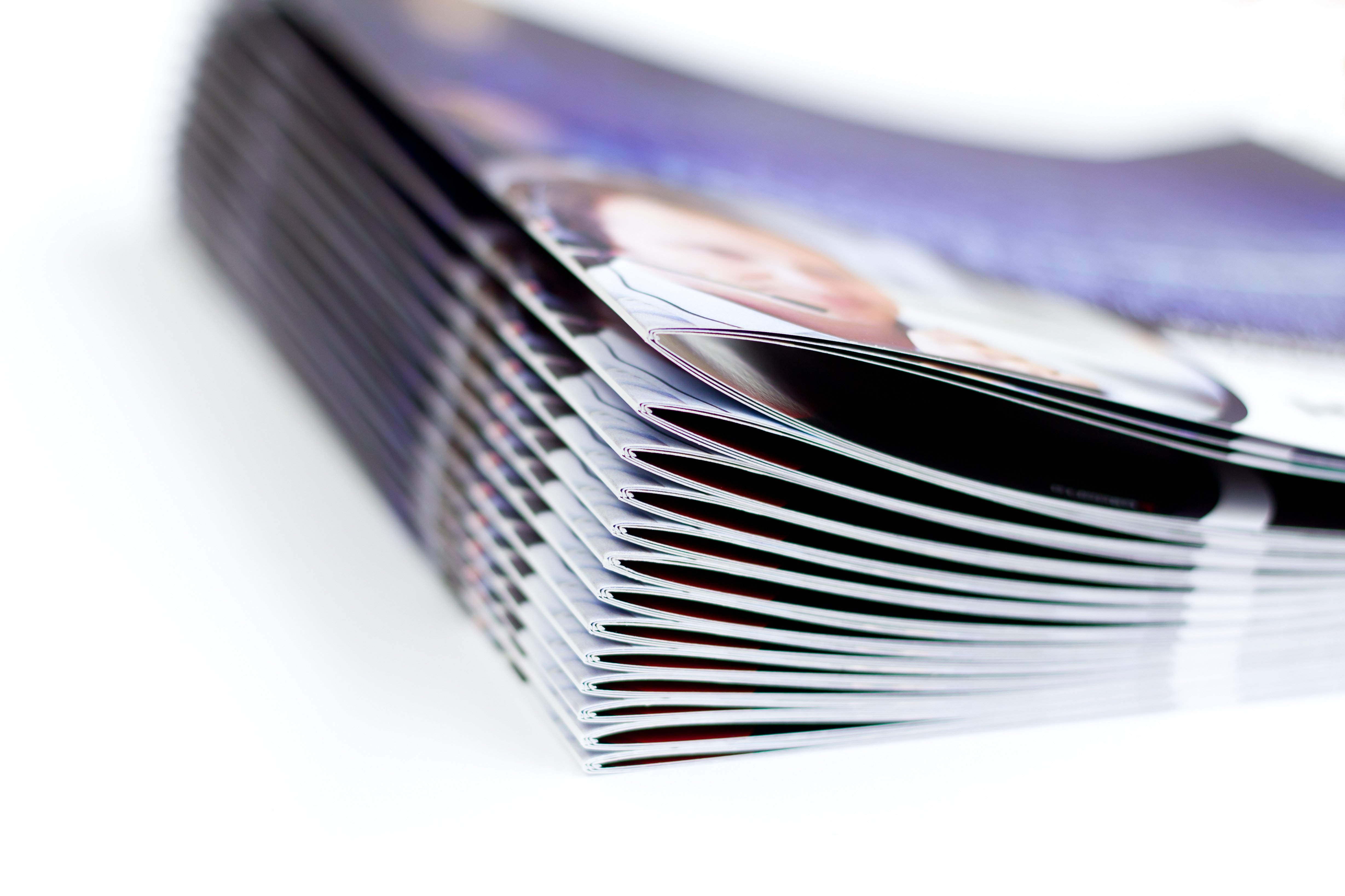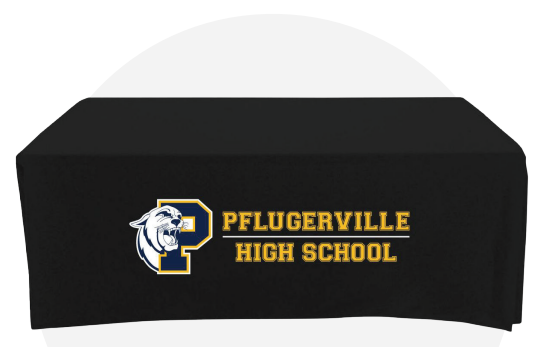The Benefits of Printed Collateral for Sales Enablement
In today's digital-first landscape, printed collateral remains a powerful tool for sales enablement. Unlike digital touchpoints, physical marketing...
1 min read
Tyler Spalding
:
Apr 3, 2024 9:00:00 AM

At HighNote, we believe in the power of strong customer connections, and our commitment to elevating your vision, strategy, and brand aligns seamlessly with the latest neuroscience research findings. In a recent study published in the National Library of Medicine, the advantages of processing information in print over digital communications were reaffirmed, shedding light on the neurobiological processes underlying reading comprehension. As a printing and marketing communications company, we are thrilled to share insights that reinforce the value of print in captivating and engaging your audience.
The study, conducted on 6-to-8-year-old children, aimed to understand the intricate differences in brain activation when reading from a screen compared to reading from a printed paper. The research utilized EEGs and spectral analyses in brain regions associated with language, visual processing, and cognitive control. The findings revealed that processing information in print requires a lower cognitive load, leading to improved comprehension, accuracy, and focused attention.
Researchers identified challenges in allocating attention to tasks when reading from a screen, indicating a significant negative correlation between screen and paper reading in terms of accuracy. Interestingly, even without additional multimedia features, screen reading proved to be less effective than reading on paper.
The study also highlighted the impact of different frequency bands (beta, gamma, theta, alpha) on information processing. Printed-paper reading was associated with significantly greater energy in higher frequency bands (beta, gamma), resulting in less distraction and better comprehension. On the other hand, screen reading correlated with greater energy in lower frequency bands (theta, alpha), leading to higher levels of distraction and lower comprehension.
The researchers further emphasized that the negative correlation between theta/beta ratio during screen-based reading and visual attention abilities reinforces the idea that print enhances focused attention, reduces daydreaming, and ultimately contributes to deeper information processing.
In the ever-evolving landscape of marketing communications, our dedication at HighNote is to provide services that go beyond industry standards. As neuroscience reaffirms the superiority of print in information processing, our graphic design, print, digital print, sign production, and mailing services stand poised to enhance your brand's connection with your audience.
Choose HighNote for marketing solutions that leverage the science behind print's impact on comprehension, accuracy, and engagement. Your brand deserves the advantage that neuroscience confirms: Print prevails for deeper information processing—once again.
Discover how we turn insights into impactful connections.

In today's digital-first landscape, printed collateral remains a powerful tool for sales enablement. Unlike digital touchpoints, physical marketing...

In the world of non-profit fundraising, creating impactful and engaging campaigns is crucial to driving awareness and action. With the digital...

When it comes to schools and non-profits, effective branding and promotional marketing play a pivotal role in driving engagement, fostering a sense...